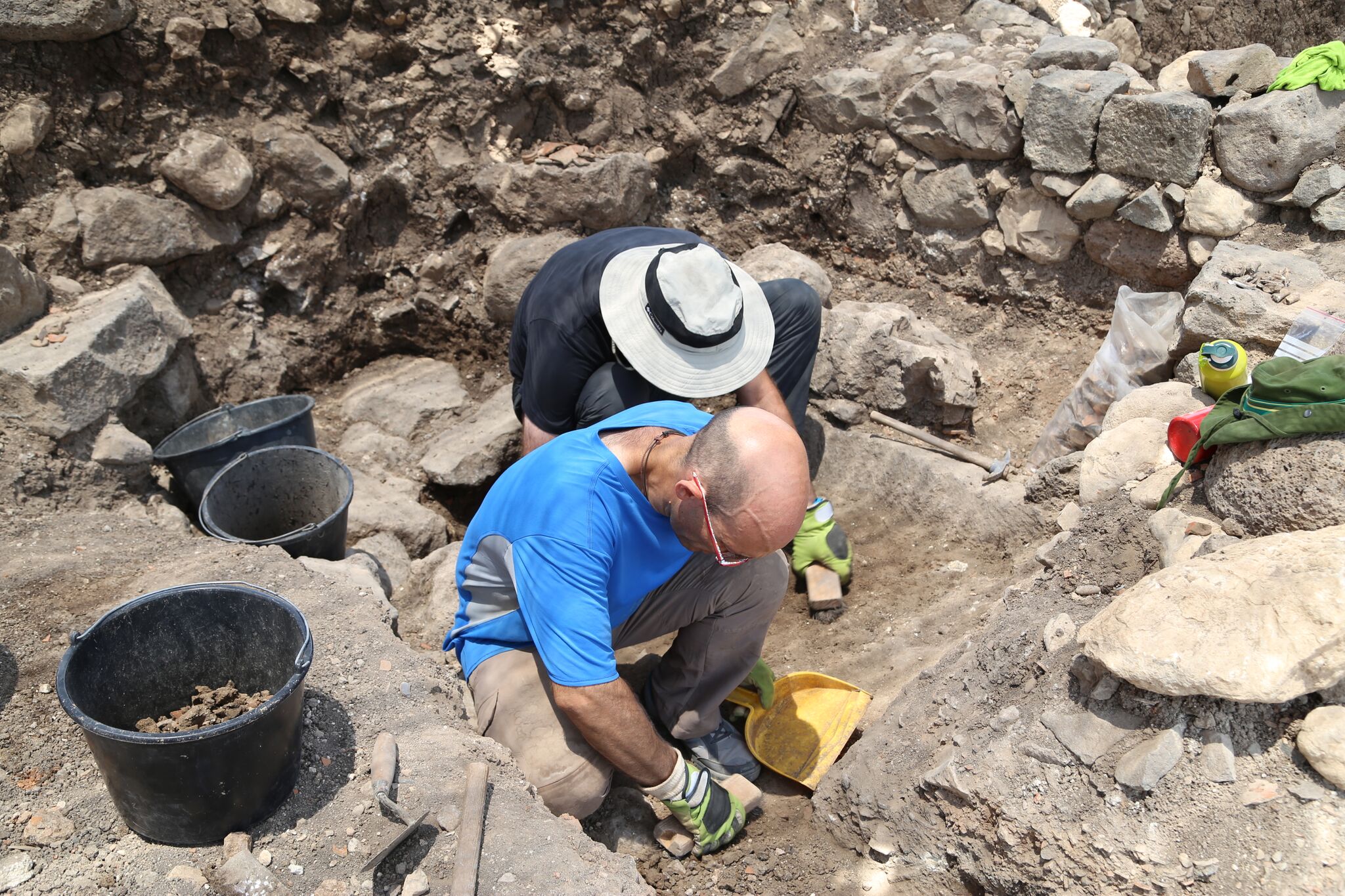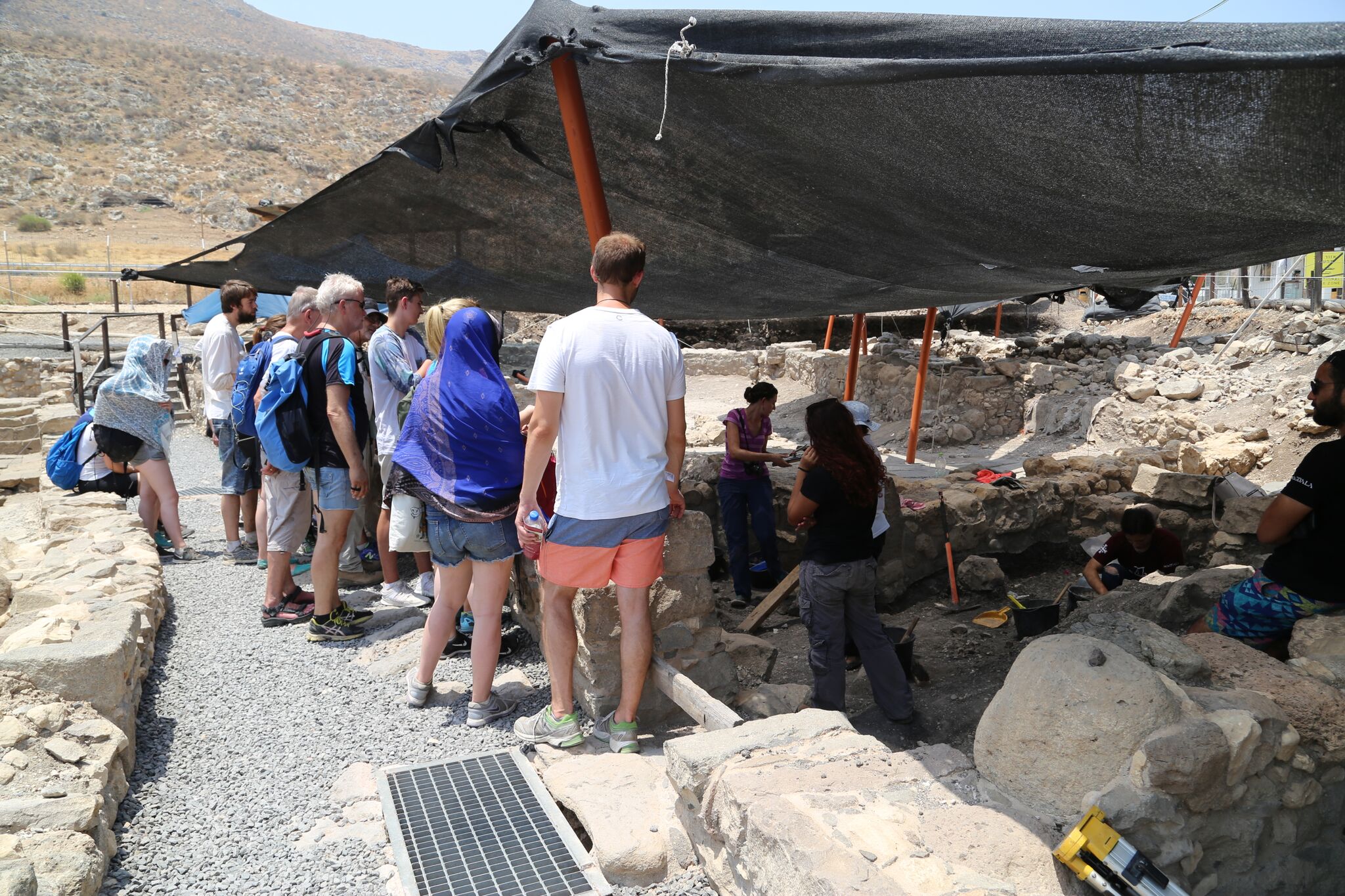Mexican-Israeli team believe Jews fled here to escape Roman religious persecution.The biblical town associated with Mary Magdalen may have been one of the original “sanctuary cities.”
Archaeologists wrapping up seven years of digging in the town of Magdala, on the shore of the Sea of Galilee, think that Jews from Jerusalem fled here in the 1st century because Roman oppression was preventing them from practicing their religion freely.
“We think that before the destruction of the temple [in AD 70] and the revolt in Magdala [c. 67], the Jews in Jerusalem started to lose some traditions for the conflict or the oppression from the Roman presence, and some of the people that wanted to live more according to [Mosaic] law started to move and live in Galilee,” said Marcela Zapata-Meza, a Mexican archaeologist working in Magdala. Zapata-Meza said that her team has found artifacts that suggest that residents had a direct connection with Jerusalem. These include Herodian lamps that were commonly used by people of a higher social level; stone vessels similar to those made in Jerusalem; a kind of synagogue stone that would have been used in the Jerusalem temple, and private ritual baths called mikvas, whose construction is very similar to those in Jerusalem.

She said her team found four mikvas in very good condition. One has a room with mosaics and a complete arch in perfect conservation.
Zapata-Meza said that her view that Roman pressure led many Jews to move to Magdala and other Galilean towns is shared by Adolfo Roitman, director of Jerusalem’s Shrine of the Book, with whom she is writing a chapter in a book about the archaeological findings in Magdala.
Excavations in Magdala began with Franciscan archaeologists in the 1960s, and the area today is divided among them, the Israel Antiquities Authority, and Mexico’s Anahuac University Sur, where Zapata-Meza is a professor. Other significant findings that have come to light there have included the fact that Magdala was an important center for the salt-preservation of fish, which were exported to other parts of the Holy Land and beyond. In 1986 the hull of a fishing boat old enough to have been in use during the time of Christ was found in the lake bed near the ancient port.
The work has been done not only with shovels and brushes. In 2010 a technological team came in with instruments such as radar to develop a complete map of the three hectares (seven and a half acres) where the Anahuac team is digging. It showed “all of the structures that we can find if we dig,” Zapata-Meza said. “I know exactly in which area we have rooms, we have streets, or open space.”

More recently, a team from Nebraska University brought in ground-penetrating radar, and Anahuac is waiting to learn if Magdala had occupations earlier than the one from the Hellenistic era.








